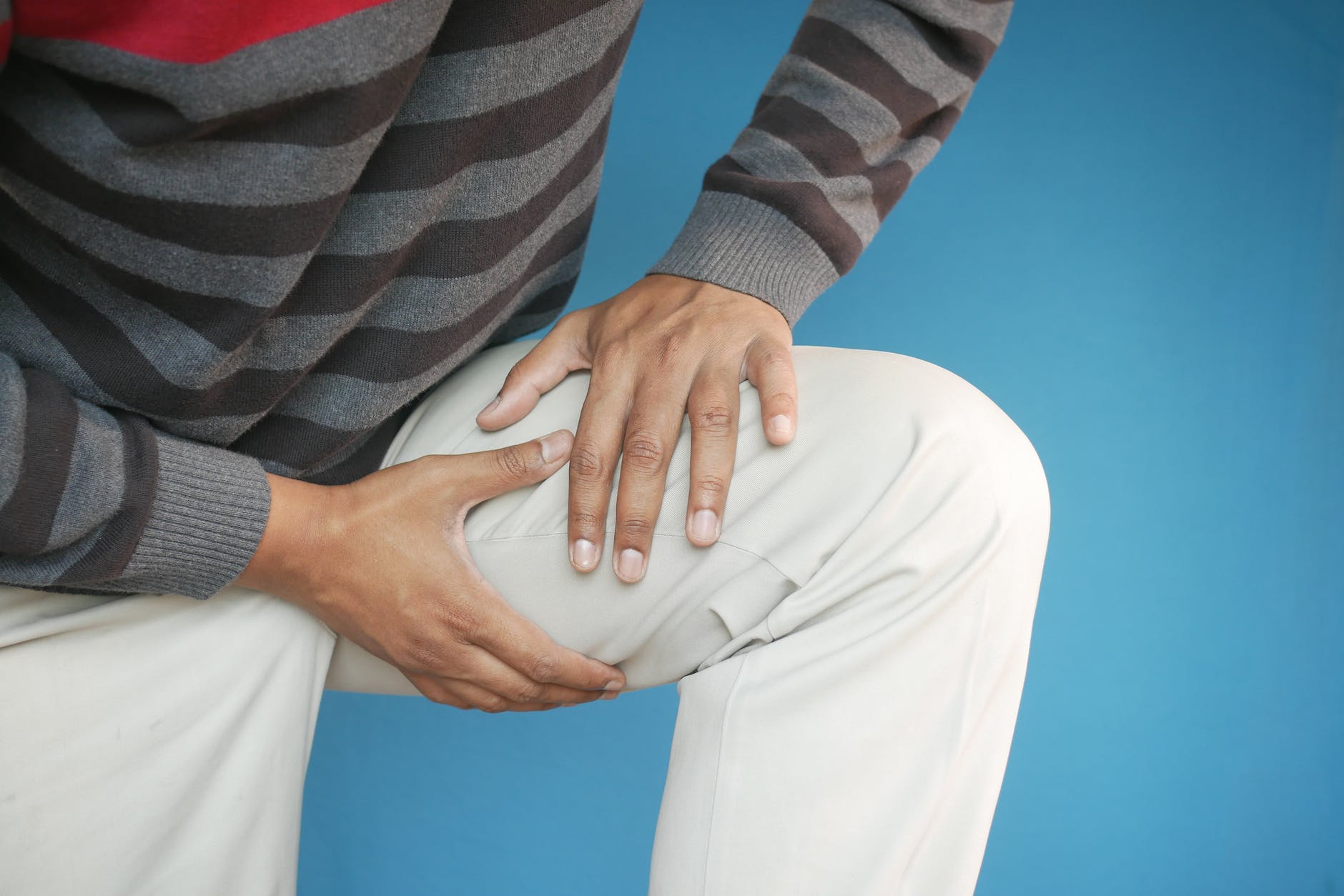Diagnosing Your Joint Pain: A Comprehensive Guide to Understanding and Treating Joint Discomfort


Diagnosing Your Joint Pain: A Comprehensive Guide to Understanding and Treating Joint Discomfort
Introduction
Welcome to our comprehensive guide on diagnosing joint pain and finding effective treatments. If you're experiencing discomfort in your joints, it's essential to understand the underlying causes and explore potential solutions. In this article, Diagnosing Your Joint Pain: A Comprehensive Guide to Understanding and Treating Joint Discomfort, we will provide you with valuable insights and actionable steps to help you address and manage your joint pain effectively.
Understanding Joint Pain
Joints play a vital role in our daily activities, allowing for smooth movement and flexibility. However, when pain strikes, it can significantly impact our quality of life. To diagnose the root cause of your joint pain, it's crucial to have a clear understanding of the factors that contribute to this discomfort.
Common Causes of Joint Pain
- Arthritis: Arthritis is a common cause of joint pain and inflammation. Osteoarthritis, the most prevalent form, occurs when the protective cartilage that cushions the ends of bones wears down over time. Rheumatoid arthritis, on the other hand, is an autoimmune condition where the body's immune system mistakenly attacks the joints.
- Injury: Traumatic injuries, such as fractures, dislocations, or sprains, can lead to acute joint pain. Additionally, repetitive motions or overuse of specific joints may cause chronic pain and discomfort.
- Infection: Infections can affect the joints, resulting in inflammation and pain. Conditions like septic arthritis and Lyme disease are examples of infectious causes of joint discomfort.
- Gout: Gout is a type of arthritis caused by the buildup of uric acid crystals in the joints. It commonly affects the big toe but can also impact other joints, leading to severe pain and inflammation.
- Other Conditions: Certain medical conditions, including lupus, fibromyalgia, bursitis, and tendinitis, can contribute to joint pain. Additionally, hormonal changes during menopause can cause joint discomfort in some individuals.
Symptoms and Diagnosis
Accurately diagnosing the cause of your joint pain requires careful assessment of your symptoms and various diagnostic techniques. Here are some common signs and tests that healthcare professionals may use during the diagnostic process:
- Pain and stiffness: Describe the location, intensity, and duration of your joint pain. Note any stiffness or limited range of motion.
- Medical history: Share your medical history, including any previous injuries, surgeries, or existing conditions.
- Physical examination: A healthcare provider will examine your joints, looking for signs of inflammation, swelling, or deformities.
- Imaging tests: X-rays, MRI scans, or CT scans may be ordered to visualize the joints and identify any structural abnormalities.
- Blood tests: Certain blood tests can detect markers of inflammation, antibodies, or specific conditions related to joint pain.
Treating Joint Pain
Once you have received a diagnosis for your joint pain, the next step is to explore suitable treatment options. The appropriate treatment plan will depend on the underlying cause, severity of symptoms, and your overall health. Here are some common treatment approaches:
1. Medications
- Nonsteroidal anti-inflammatory drugs (NSAIDs): These medications can help reduce pain and inflammation associated with joint conditions. Examples include ibuprofen, naproxen, and aspirin.
- Corticosteroids: In some cases, corticosteroid injections may be administered directly into the affected joint to relieve inflammation and pain.
- Disease-modifying antirheumatic drugs (DMARDs): These medications are primarily used for managing rheumatoid arthritis and other autoimmune conditions.
2. Physical Therapy
Physical therapy plays a crucial role in improving joint function, reducing pain, and enhancing mobility. A trained therapist will design a personalized exercise program to strengthen the muscles surrounding the affected joint, improve flexibility, and promote overall joint health.
3. Lifestyle Modifications
- Weight management: Maintaining a healthy weight can alleviate stress on the joints, especially in weight-bearing areas like the knees and hips.
- Exercise: Engaging in low-impact exercises, such as swimming or cycling, can help improve joint function without placing excessive strain on them.
- Dietary changes: Some individuals find relief from joint pain by incorporating anti-inflammatory foods into their diet, such as fatty fish, leafy greens, and berries.
4. Assistive Devices
Depending on the severity of your joint pain, your healthcare provider may recommend assistive devices to support and protect the affected joints. Examples include braces, splints, canes, or orthotic shoe inserts.
5. Surgical Interventions
In severe cases where conservative treatments fail to provide relief, surgery may be considered. Joint replacement surgery, arthroscopy, or joint fusion are some surgical options that can help alleviate pain and restore joint function.
Conclusion
Diagnosing and managing joint pain requires a comprehensive understanding of the underlying causes and appropriate treatment approaches. By seeking timely medical attention, adhering to treatment plans, and adopting a healthy lifestyle, you can effectively address joint discomfort and improve your overall quality of life.
Remember, this article serves as a valuable resource, but it's important to consult with a healthcare professional for a precise diagnosis and personalized treatment recommendations. https://diabetescure4u.com/

